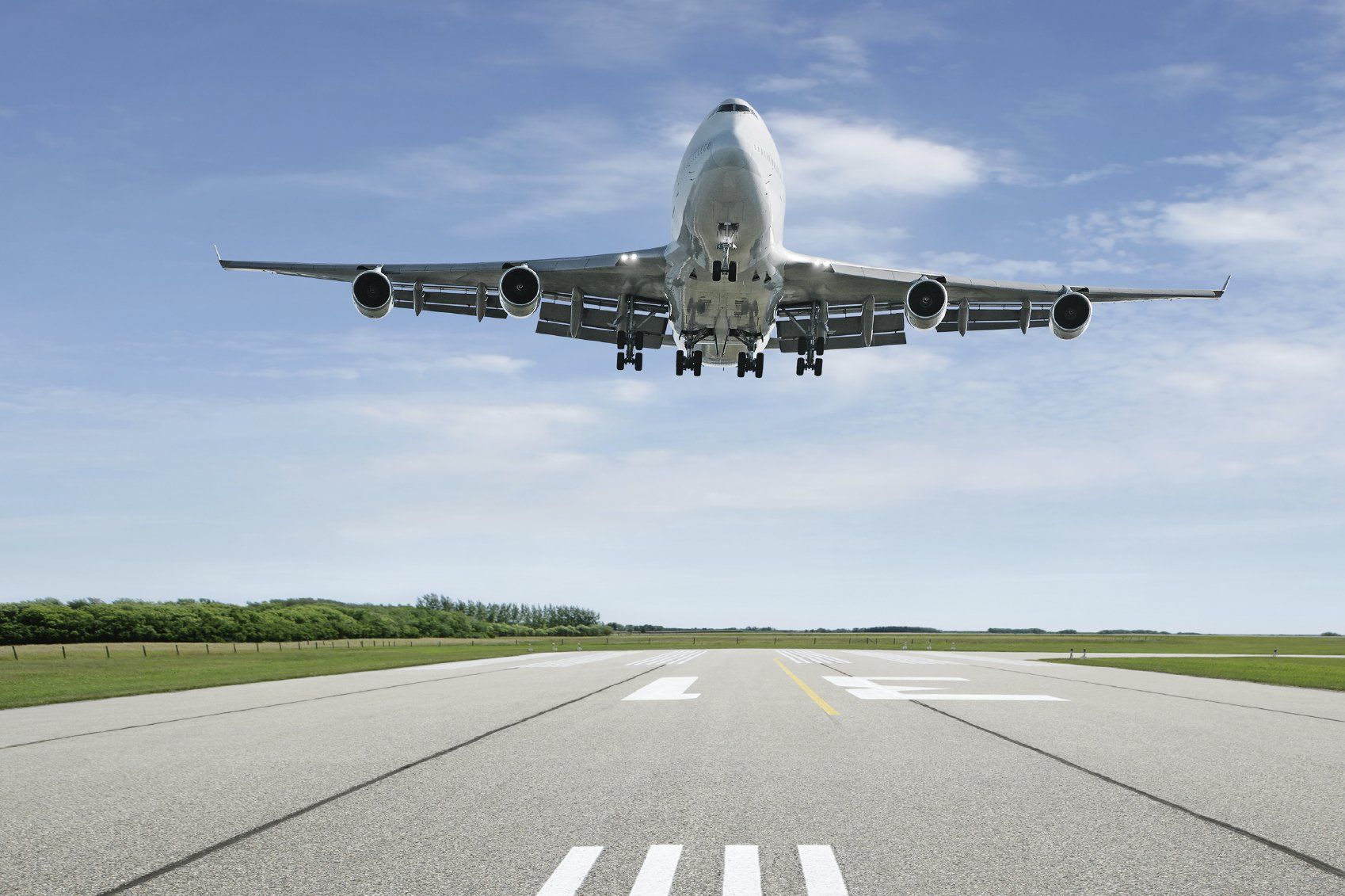Digital Twins for Airfield Operations - Wildlife & habitat management to reduce birdstrike risk
Wildlife & habitat management on Airports requires joined up intelligence all in one place, to reduce bird strike risk at Airports.
Scenario
Airfield Operations complete their morning inspection, the wildlife controller has conducted a perimeter check and runway patrol, the morning arrivals wave is imminent, with ground handling on standby for a busy programme. Air traffic have identified wildlife activity on the rapid exit taxiway intersection to the runway, and a ground maintenance team are in the area working on a live section of the airside infrastructure.
Breaking silos and improving communication with intelligence in one place
With so much intelligence coming from disparate airport teams, monitoring and using this information through one live Airport Digital Twin system just makes sense! Allowing integrated systems and sensors to agnostically display their intelligence all in the same place, no matter the platform or system the Team is familiar with reporting through, takes management tools and insights to another level.
Airfield Maintenance can log their planned works activity using their normal defect management system; when integrated, this pushes the real-time data to the Airport's Digital Twin without delay or even the need to email or pick-up the phone.
Showing as an active works area, highlighted on the real-time 3D map, the Digital Twin identifies exactly where the works team have planned to be active. Removing the human factors elements that can impact or cause delays due to additional administration, emailing or phoning; the logged activity is simply added and the Airport Digital Twin, and sends affected stakeholders notifications and alerts via the Digital Twin platform.
Airfield Maintenance are now in attendance at the works site to conduct remedial repairs. Using Real-time Location Sensors (RTLS) tracking data from each of the vehicles, all users of the digital twin can now see when they were active, their historical route and current location adjacent to the active runway.
This not only allows for any FOD discovered or picked up on the route a tracked person took, to be more easily linked to the person / vehicle that may have deposited it, but also allows for more efficient monitoring, investigations and auditing.
With the Airport Digital Twin monitoring real-time movement on the airfield, it is no longer just the preserve of Air Traffic Control, with live tracking capability for all equipped vehicles, equipment and plant, the Digital Twin is able to show locations and status of connected assets. Also helping to identify if they have entered 'No-Go-Zones' or been left somewhere they shouldn't have.
With the Airport Digital Twin, all departments active on the airside areas, including Airfield Operations and Facilities / Maintenance teams now also have powerful intelligence via live access to the active Airport operation, can interact and plan their activity with full awareness and disclosure of the operational environment.
Using added Digital Twin functionality and deeper integrations, notifications and alerts can monitor radar or sensor data, which may include bird radar feeds or Surface Movement Radar (SMR). With this intelligence, coupled with inspection data and observations reported by Airfield Operations or the Bird / Wildlife Controller (BCO); increased risk activity can be identified as it builds in the vicinity of any works activity.
Through the Digital Twin, Airfield Ops and the Wildlife Controller can now also use the bigger picture data in real-time, seeing the same trend building through the various connected data sources; being notified via the Digital Twin KPI or threshold monitoring and alerting system. Such awareness enhances the team's ability to be pro-active rather than reactive in dispersal and bird control measures.
As the operational day unfolds, Airfield Operations are able to update plans for their 3-tier inspections, to factor in the changes in activity and location of higher risks. Insights and data allow the Operations team to more frequently inspect areas of greater risk including areas in occupation by works teams or locations that present a greater wildlife attractant.
Using integrated data feeds from surveyed data showing cracks and damaged paved surfaces, grass cutting equipment, coupled with data from the location of wildlife (logged by the BCO), these feeds provide insights, habitat condition reporting and other metrics (including import and export via MS Excel), captured as part of the planned inspections and maintenance programmes.
The Operations team are able to identify risk in real-time and analyse trends, highlighting risk areas in order to form an action plan, or to allow them to modify their inspections and cutting programme, deploy specialist treatments, modify grass length or deliver soil conditioning to improve the habitat and further reduce the attractants to the Airport habitat.
Enabling surrounding land adjacent to the Airport to be included in your Airport Digital Twin, including up to 13km radius from the Airport, allows the BCO and Airport Operations team to identify and monitor sites of specific interest. Areas where open water sources, nesting sites, rookeries, tree lopping and height monitoring may need to be conducted.
The Digital Twin can allow the team to set and monitor alerts based on protection of Obstacle Surface Limitations (OSL) or Type 1 surfaces. All of which present incredible evidence by way of real-time data sets that can be part of important oversight controls and evidence routings of aircraft or effectiveness of Airport Habitat Management; requirements which may fall under the Airport's regulatory or planning obligations.
Increased awareness of sites within the 13km radius of the Airport, and their respective wildlife risk and activity is then able to be overlaid with reporting data, observations in wildlife concentrations / activity and trends being observed by other teams. This data can aid not only the Airport Operations team, but can inform the Air Traffic Control team and other stakeholders on locations of greater risk.
Investigating following a reported bird strike
The ground handling team have been setting up on the apron and are tracking the live flights inbound via their real-time Digital Twin feed. They can see the aircraft is not delayed from integrated flight tracking data and ADSB feeds, despite the works activity on the airfield.
Stand Planners have been able to adjust the stand plan for the morning wave, as the main taxiway that the works activity is on means the aircraft may need to go to the apron via another routing. All of the team have prepared for the new stand plan in anticipation.
As the aircraft arrives on-stand, there is notification of a suspected bird strike from the flight crew of the aircraft. The Ground Handling team are able to inspect the aircraft once shut-down.
The Airfield Operations team are able to replay the route the aircraft took on arrival, the runway used, and the taxiways and stand routings. They are able to pin-point that the Wildlife Controller had completed an inspection of the area where the strike was suspected, a few minutes prior to the aircraft landing, and the exact data the BCO reported, including the number of wildlife spotted, dispersals and other relevant data.
The Safety team are able to perform a detailed investigation, replaying the situation, showing locations of connected tracking beacons from the various team members on the Digital Twin, the aircraft arrival / departure and routing and any other relevant factors, exporting the data sets to form a detailed safety investigation report.
The ability to overlay the reported data from the wildlife activity, grass cutting and works activity directly on to the live Airport Digital Twin, allows both safety teams and operational teams to determine the effectiveness of the local wildlife controls and to identify any root causes, corrective or preventative actions; resulting in being able to provide complete and accurate data driven report to the Airport, Airline / Operator and Ground Handling teams.
Real-time data all in one place, is just one of a vast number of reasons a digital twin is a necessity for Airports in the digital connected age.
Easy access to real-time information allows siloed teams to see how their operation is being affected or how they effect others. Proactively and reactively providing intelligence that allows others to make informed and collaborative decisions.
Awareness of the bigger picture through an Airport Digital Twin becomes the break-through in communications that a siloed workforce needs.














